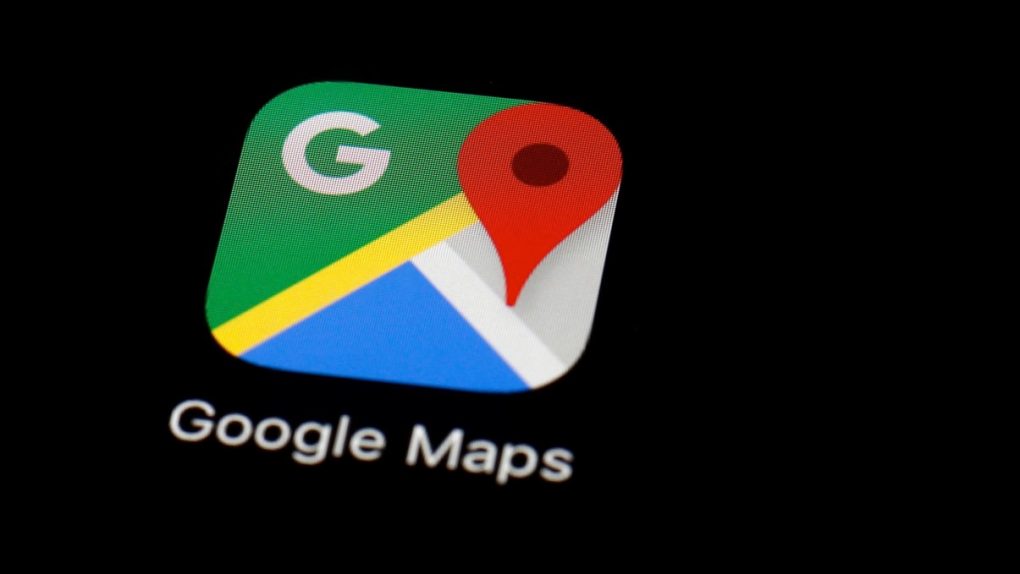I’m sad to say I’ve never really considered what it means for a person with a serious vision impairment to get from point A to point B without being able to rely on what’s probably the most important basic human sense. That is, I never considered it until I saw Google’s new feature that was just added to Google Maps. You probably haven’t either, unless you’re either affected or directly exposed to it. I obviously hope I’ll never have to use the feature, but I’m sure glad it’s there to help others who are about to benefit tremendously from it.
Navigation apps are among the most useful phone features ever invented, helping anyone with access to a smartphone get around and never get lost again. But taking advantage of that convenience typically requires decent eyesight or great accessibility controls on the device. Assuming you do get to use Google Maps or any other of its competitors, you’ll also have to enter data to start navigating, and then you’ll obviously need to have all the important information involved with navigation delivered to you.
Google Maps accessibility just took a huge leap forward thanks to the addition of a new voice guidance feature aimed at people with impaired vision. The feature will give users “more detailed voice guidance and new types of verbal announcements for walking trips,” Google’s Wakana Sugiyama explained in a blog post:
This feature is the first in Google Maps to be built from the ground up by, and for, people with vision impairments. I feel fortunate to have had the opportunity to work closely with the Maps team on this project as an early advisor and tester—outside of my day job as a business analyst in the Tokyo office.
As you’ll see in the following demo featuring Sugiyama, Google Maps will now tell people using the app whether they’re on the correct route, the distance until the next turn, and the direction in which they’re walking. Voice guidance also delivers caution messages when crossing large intersections, and the app will reroute a user if he or she leaves the route.
What the blog post doesn’t cover in detail is how people with impaired vision can turn on the feature in Google Maps in the first place. You have to make your way to Navigation inside Settings and then enable Detailed voice guidance from the Walking options section.
The feature does target blind people and those suffering from moderate-to-severe vision impairments, which is why I said I hope I never have to use it. But people who can see just fine can also take advantage of the new feature to enjoy walking directions without having to continuously check the screen for information.








